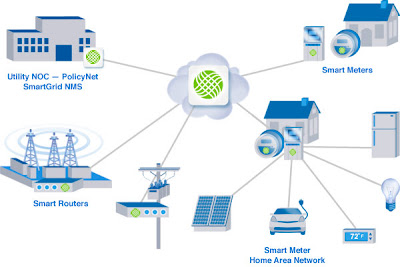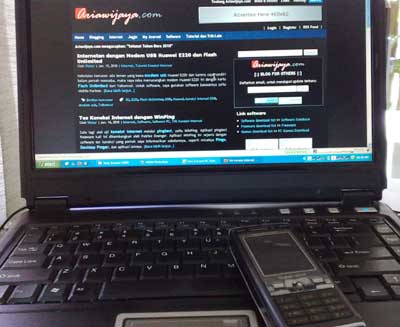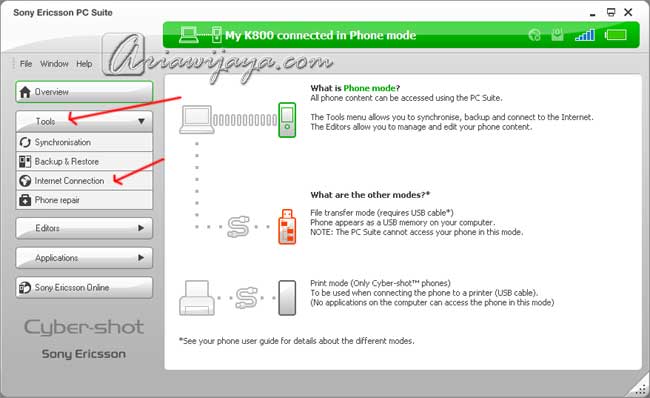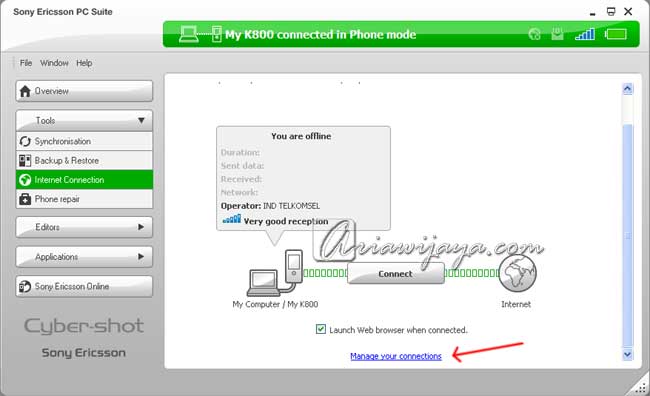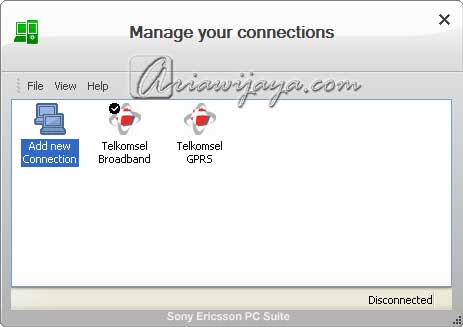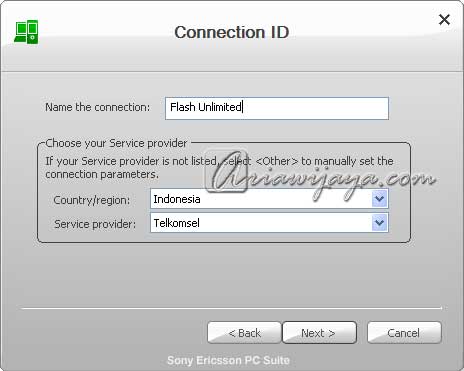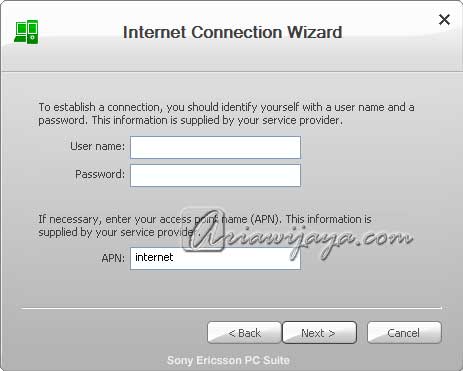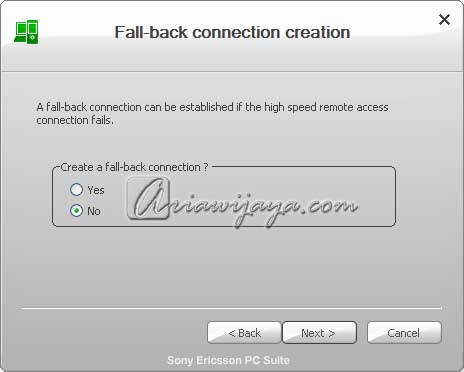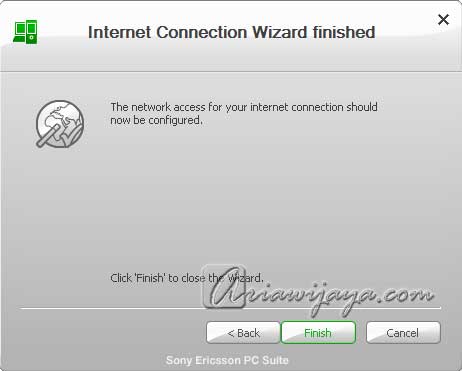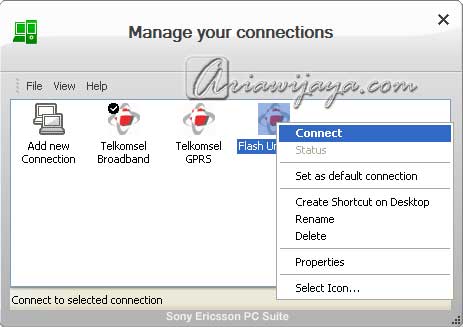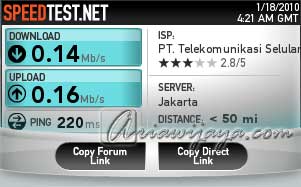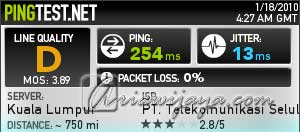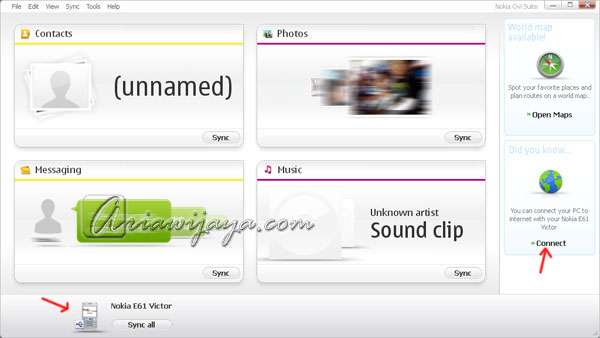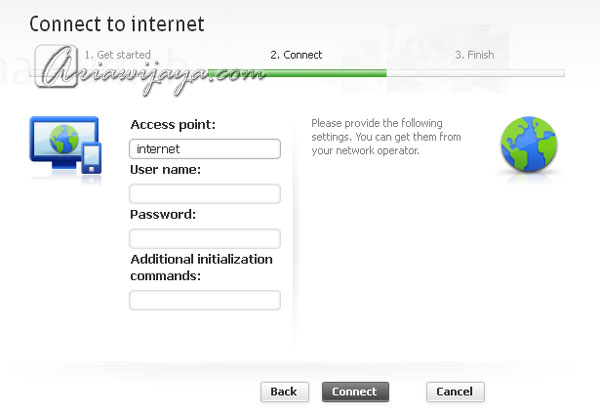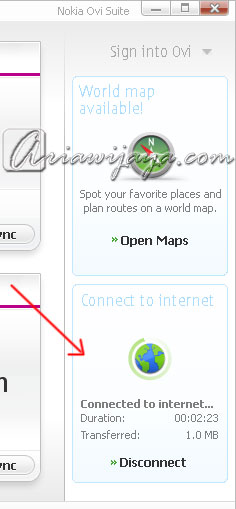You won't see the word "router" or Linksys anywhere on the box for Cisco's Valet. No, "it's the simple way to create your own wireless hotspot." It's the router for everybody else. That's the idea, anyway.
Home networking is gross. Truth. Lots of numbers, stuff that doesn't work for reasons you can't understand. Cisco, since they make a lot of routers, knows this. Which, it turns out, is a major reason they bought Pure Digital, the makers of the Flip Camera—to make their stuff easier to use. The first non Flip product of that swallowing is the Valet, and its slightly more capable upsell, the Valet Plus.
Design
Though $100 and $150, respectively, their specs aren't impressive: No dual band, 2.4GHz only, no USB ports, and you have to plop down the extra 50 bucks for the Plus to get gigabit ethernet ports. (You also get an extra antenna and boosted input/output speed.) What you do get is an approachable looking, almost Apple-like router in the case of the Valet Plus (sorry, it's true), a USB key, and 24/7 phone support, which is supposed to add up to ease of use.
The USB key that plugs into your computer's supposed to take care of all of the hard crap for you, setting everything up after you plug the Valet in. It works, actually—within a couple of minutes of plugging the key in, two wireless networks popped up, NiceCat (secured) and NiceCat-guest (unsecured, but with a browser-based password for visitors), ending the reign of generic SSIDs, with default admin passwords ready for me to noodle with.
The rub is that the Cisco Connect software that's supposed to make the Valet easy to use—you know, part of the reason you're paying $100-$150 for fairly basic routers—also comes with the more feature-packed new E Series Linksys routers. The difference is that you don't get a USB drive in the box, you get a CD with the software (which you can use to make a USB key).
Connect handles the utter basics, some better than others. For instance, guest access is really easy to set up, but when it comes to adding new devices to the network, it's not all that helpful: "Refer to the device's documentation to learn how to connect it to a wireless network, then, on the device, use the wireless settings below to connect the device to your Valet." Which, if you don't change the password it provides for you, is a mess of unmemorable gibberish, though it offers to copy it to your clipboard.
Anything beyond basic tweaks requires a deeper dive into the purple monstrosity that is the Linksys router system menu we've known and loathed for years.
Performance
 But even when you're willing to get your hands dirty, some options are automated beyond your control. Notably, you can't force the Valet to make the 2.4GHz network wireless G-only or N-only. It's a mixed B/G/N network, always and forever. So, you incur a performance penalty on wireless N since you're not able to run it as a pure N network—combined with the Valet's lesser internal specs, it's noticeable when you compare transfer speeds across a network to its more capable cousin, the E3000, which was nearly twice as fast when it was placed in N-only mode on the 5GHz band (and still slightly speedier when it was set to a mixed N network on 2.4GHz, like the Valet).
But even when you're willing to get your hands dirty, some options are automated beyond your control. Notably, you can't force the Valet to make the 2.4GHz network wireless G-only or N-only. It's a mixed B/G/N network, always and forever. So, you incur a performance penalty on wireless N since you're not able to run it as a pure N network—combined with the Valet's lesser internal specs, it's noticeable when you compare transfer speeds across a network to its more capable cousin, the E3000, which was nearly twice as fast when it was placed in N-only mode on the 5GHz band (and still slightly speedier when it was set to a mixed N network on 2.4GHz, like the Valet).
It doesn't suffer for range, though, at least in the testing environment I used. Typically, we've tested routers at Brian or Jason's houses in California, where there's lots of space, and little urban wireless interference. Instead, I put the Valet and E3000 to perhaps more brutal range tests: How well they handle the interference from a massive flustercuck of wireless networks inside a NY high rise. We're talking 30 other wireless networks at any given test point. Using iStumbler, I couldn't pick up either router more than 2 floors above or below my apartment, 50 feet (horizontally) away, but at the worst point for both routers, the E3000's 2.4 GHz band managed only a 10 percent stronger signal than the Valet, despite its vastly more impressive six-antenna array. (5GHz is notably worse at penetrating walls than 2.4GHz, so the E3000's other channel didn't come into play at the fringes of the range test.)
It's an Expensive Half Solution
For a basic router, the performance in other words, is okay. It's not suited to heavy duty file swapping and streaming, like a dual-band router (things like Netflix worked just fine.) The range is pretty respectable. And it's missing basically every power feature you'd want, but that's not really the point of this router. It's supposed to be the one your mom can setup. From that perspective, though, it still doesn't really solve some key networking stumbling points:
For instance, networked storage for backups. (I know that sounds complicated, but the basic idea, backing up wirelessly, is something even technonoobs would like to be easy.) Or even fixing the Linksys router menu we've all used forever. Why not improve it too? Or, in addition to hiding everything behind an okay bit of software (which is now standard across the whole Linksys line, devaluing it a bit) why not try to explain some basic networking too, like Nikon cameras for new photographers attempt to explain concepts like aperture?
The Valet doesn't radically reinvent the router to make networking remarkably more accessible, it just makes it easier to stumble through, as long as the demands being made of it are relatively simple, too—making the $150 asking price a bit much, up front. The one feature that may justify the cost, however, is 24/7 phone support. If it's truly decent, the support could save you a night of troubleshooting with your parents.
![]() Easy setup works pretty well
Easy setup works pretty well
![]() Range isn't too shabby for a basic router
Range isn't too shabby for a basic router
![]() 24/7 phone support
24/7 phone support
![]() Missing power features and some manual controls, like wireless network type
Missing power features and some manual controls, like wireless network type
![]() $150 for a basic router is expensive as all hell
$150 for a basic router is expensive as all hell
[Cisco]






